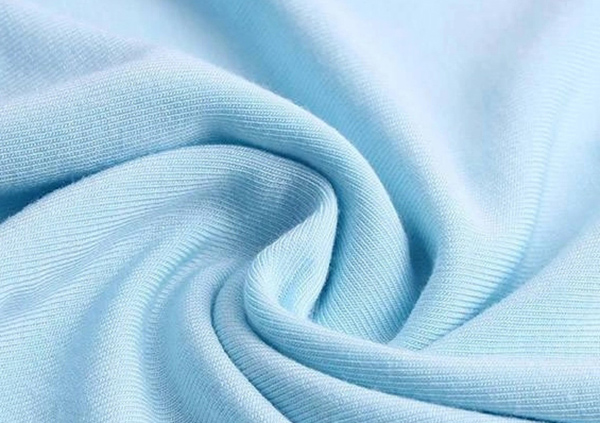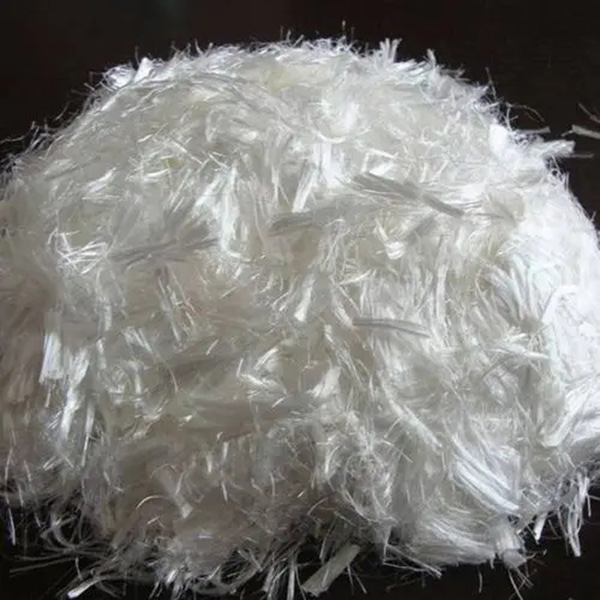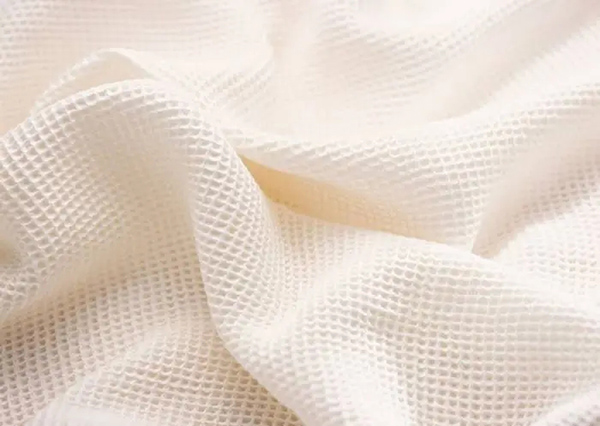1.Main test items
Formaldehyde test
PH test
Water repellent test, Oil repellent test, Antifouling test
Flame retardant test
Fiber composition analysis
Prohibited azo dye test, etc
2.Basic contents
Formaldehyde Test
It is to extract the free formaldehyde or released formaldehyde in a certain amount of fabric by a certain way, and then the formaldehyde content is calculated by colorimetric test.
In current market, textile products can be increased the anti-wrinkling performance by resin finishing. Therefore, the fabric finished by resin will retain a certain amount of formaldehyde. In addition, in order to improve dyeing color fastness, the crosslinking agent in the pigment printing paste and the fixing agent used after dyeing by direct and reactive dyes will leave a certain amount of formaldehyde on the clothing material. The formaldehyde can be measured by certain test methods.
PH Test
The pH meter is used to accurately measure the acidity and alkalinity of the fabric solution. And the value read out on the pH meter is the measured pH value.

Water Repellent Test, Oil Repellent Test, Antifouling Test
The resistance of fabric to water, oil and stains was measured in a certain way.
Flame retardant test
It is to put the sample on the flame retardant tester to burn as requested, and then to calculate the time that flame spreads.
Fiber Composition Analysis
Firstly, it is to make a qualitative analysis on the fiber of fabric. Qualitative analysis methods include burning method, melting point method, handle and visual method, microscope section analysis method, etc. Generally, it is adopted the microscope section analysis method. That is to use a microtome to slice the fiber and then observed it under a microscope to determine the type of fiber based on its appearance. Following, it is to use different solvents to make qualitative analysis according to different fibers and then calculate the specific content.

Prohibited Azo Dye Test
It is one of the most important quality control projects in the international textile and garment trading and one of the most basic quality indicators of ecological textiles. At present, it is mainly analyzed and tested by gas chromatograph. Azo dyes are tested by three methods: textiles (textiles other than polyester and real leather), polyester and leather (fur). So when do azo test, the components of the product must be provided.
Post time: Dec-19-2023


